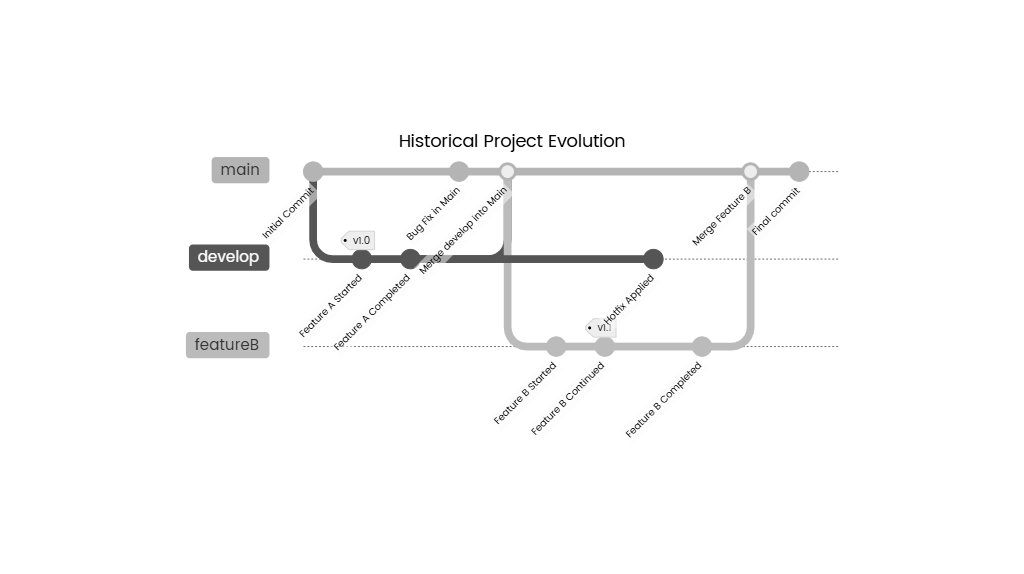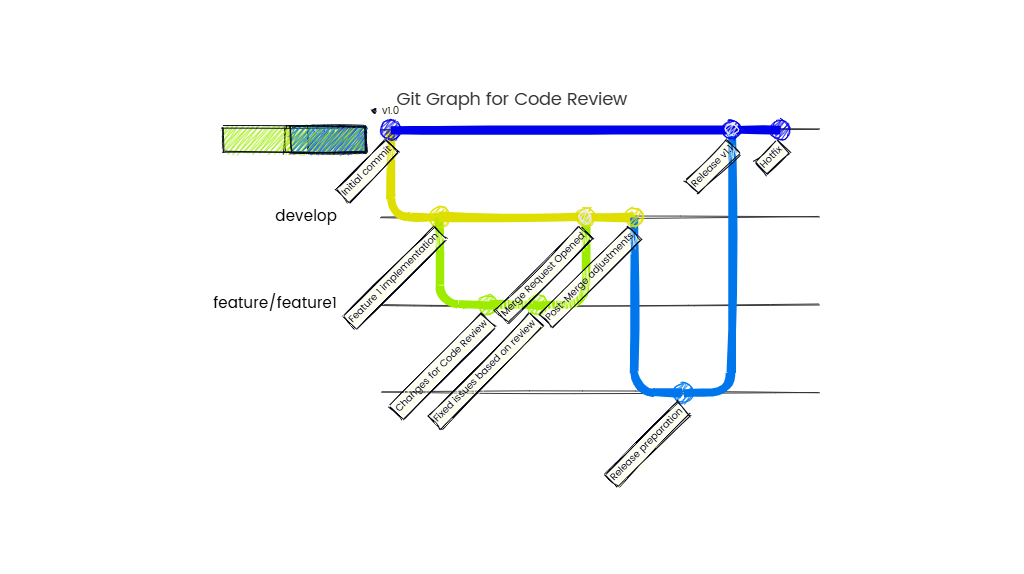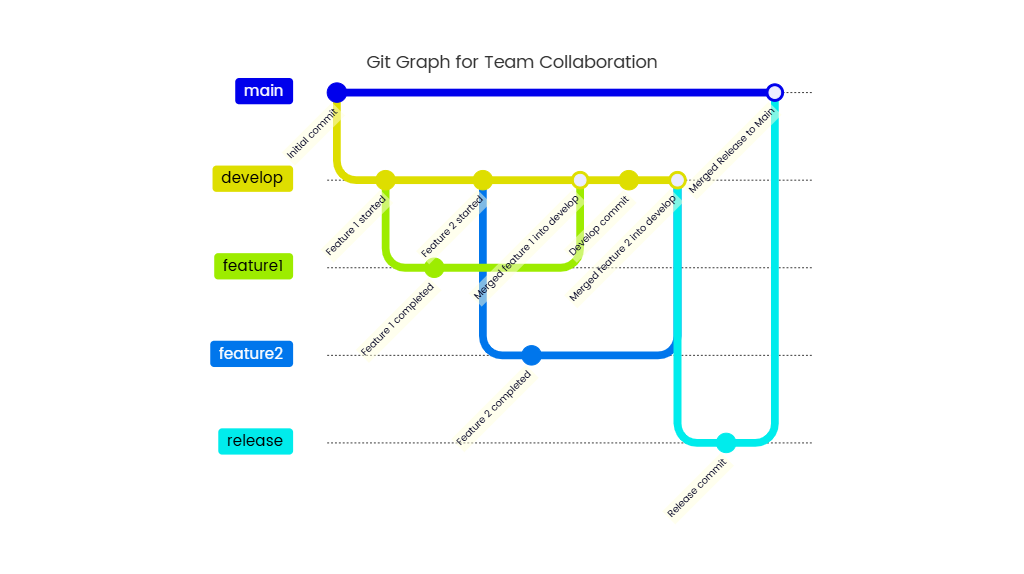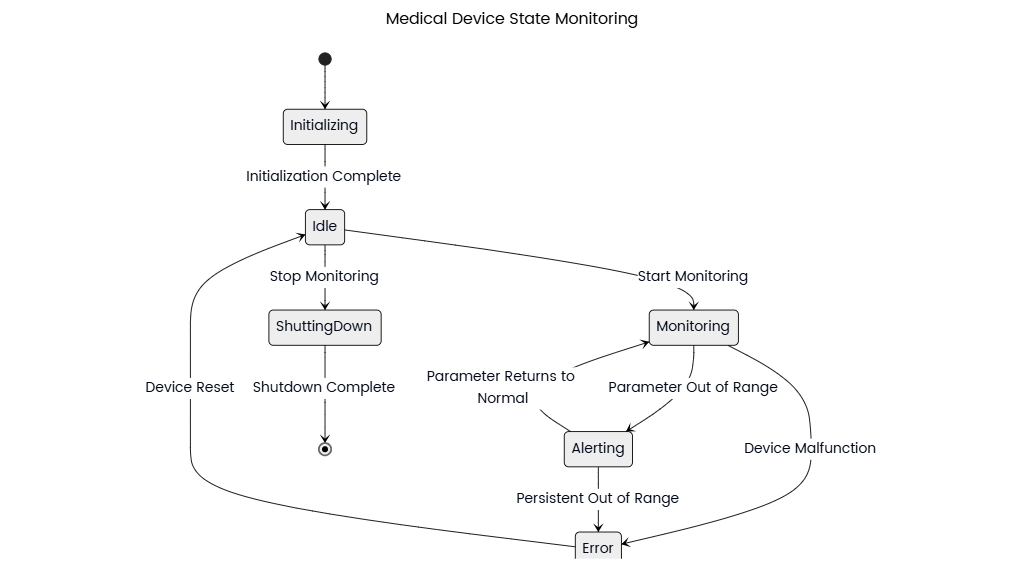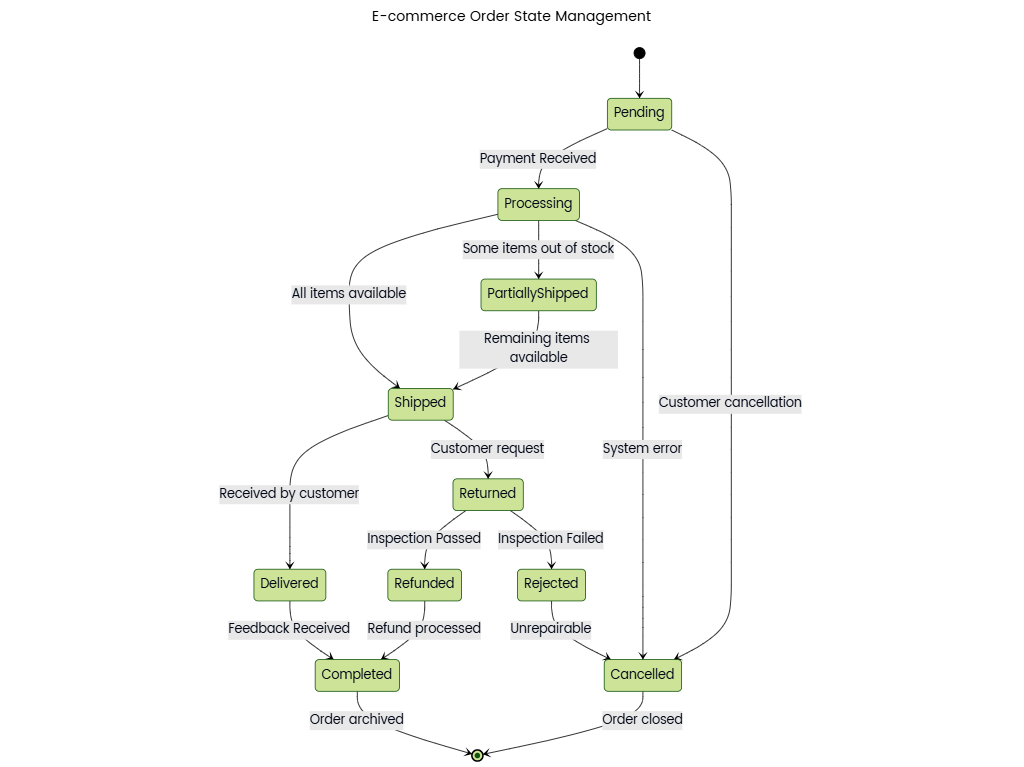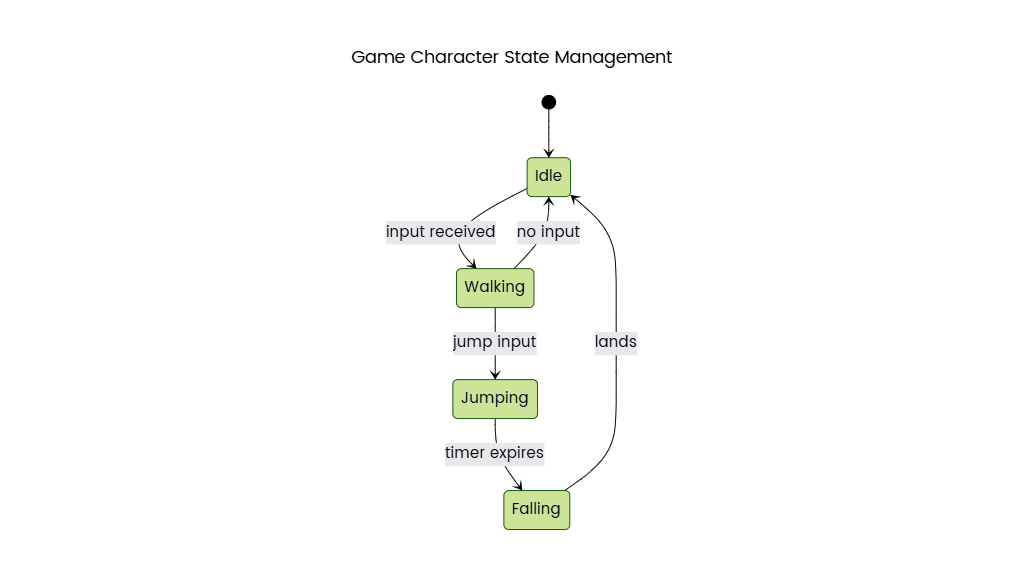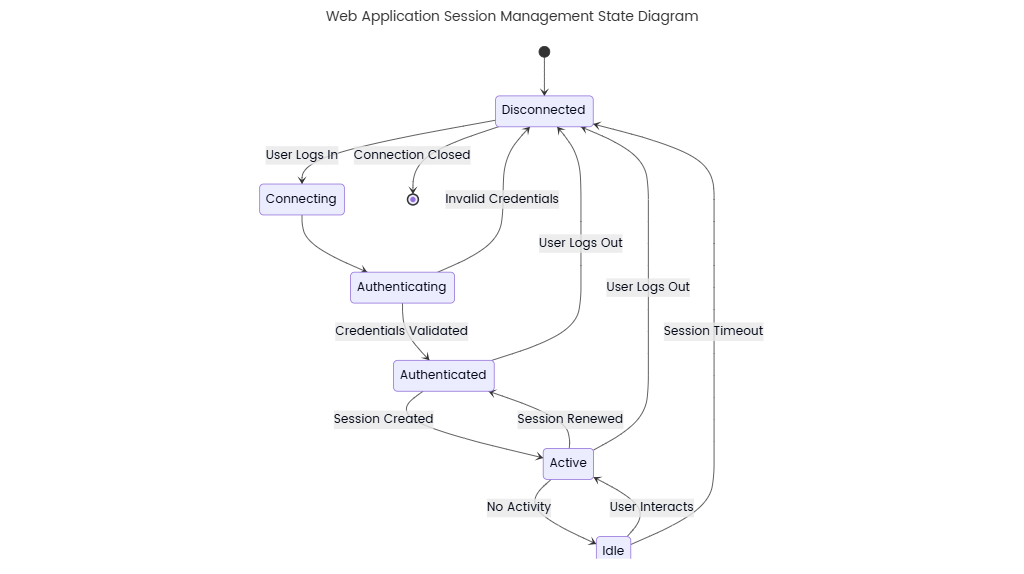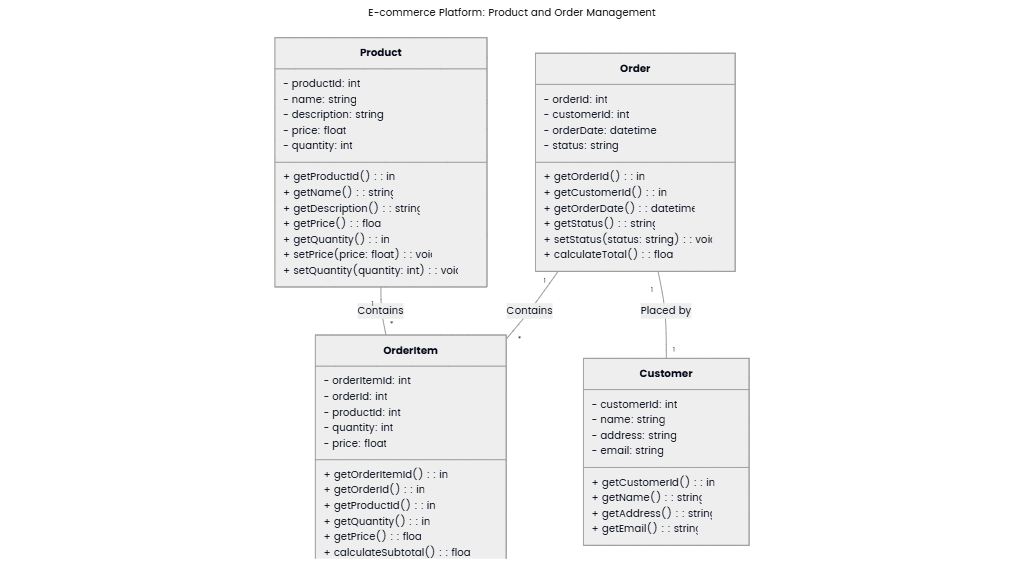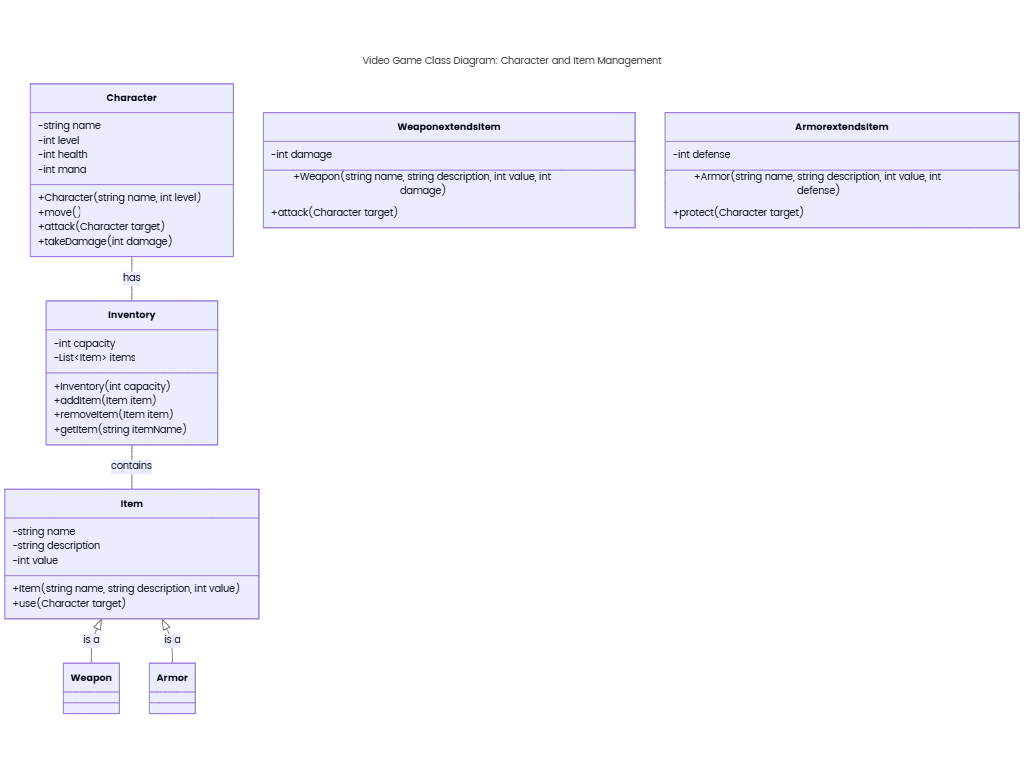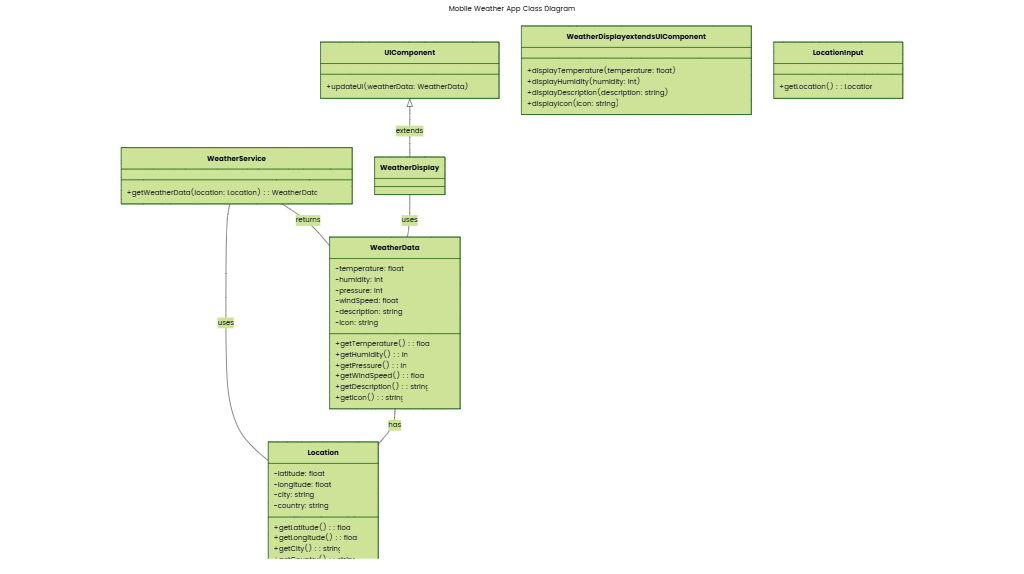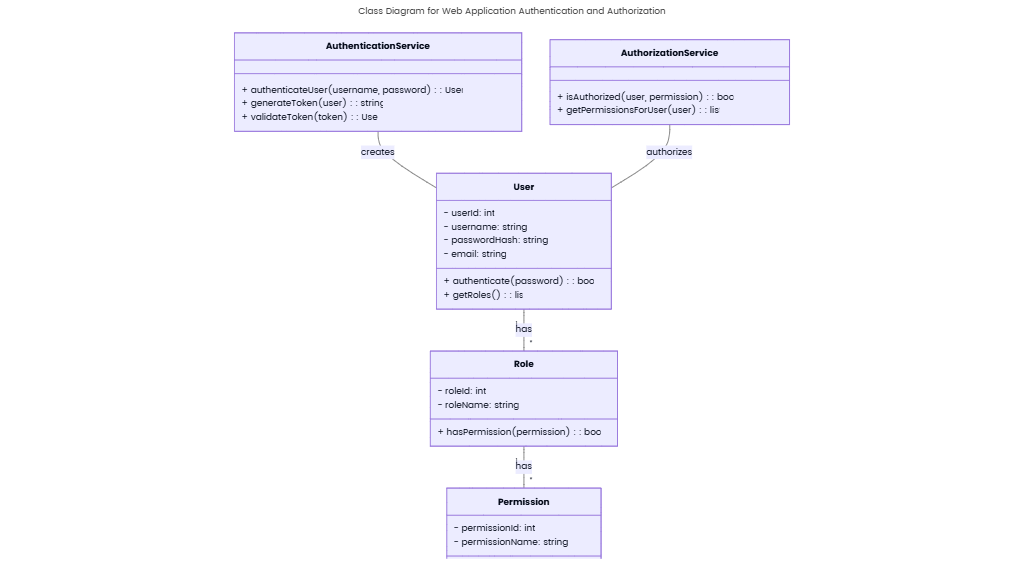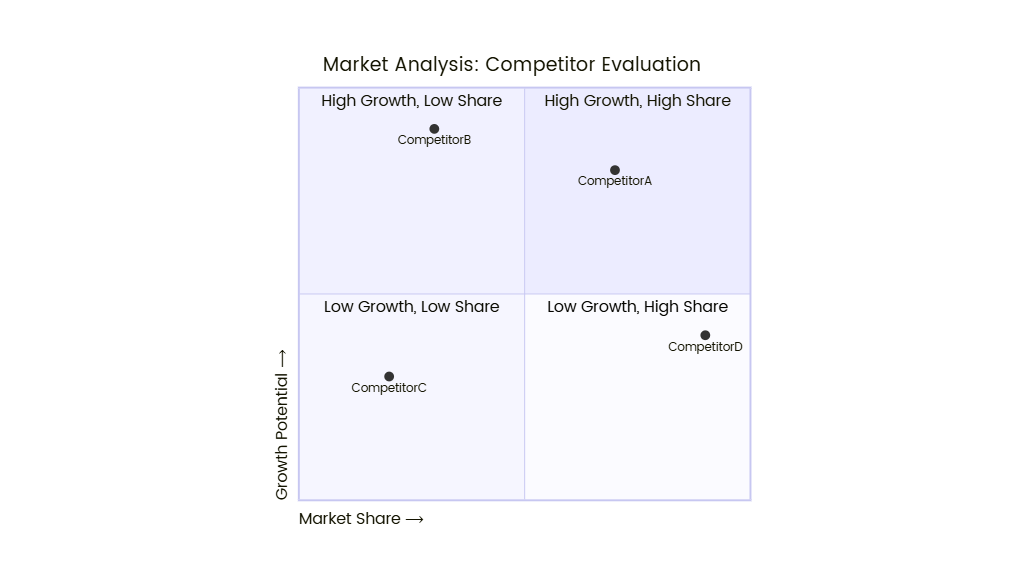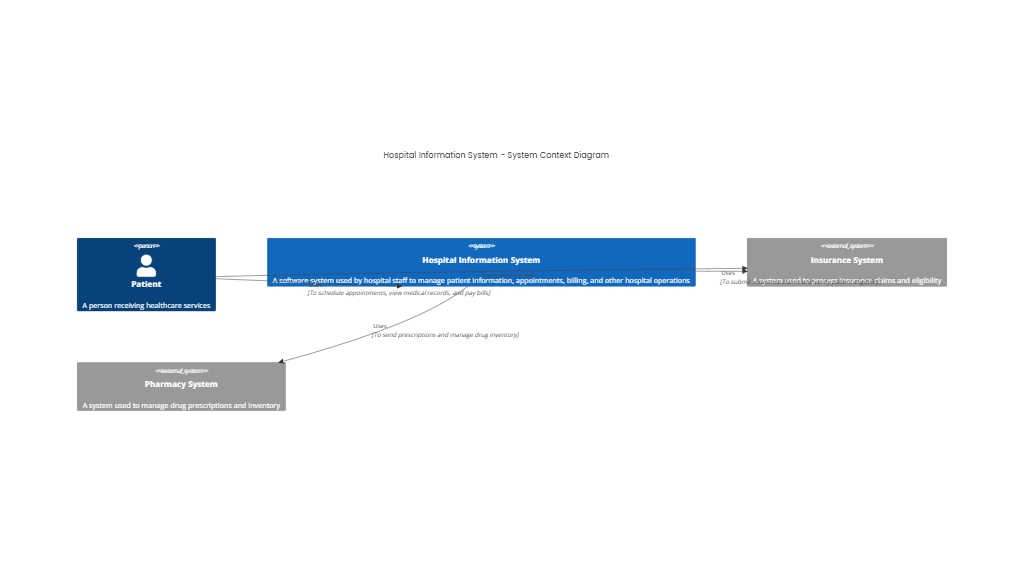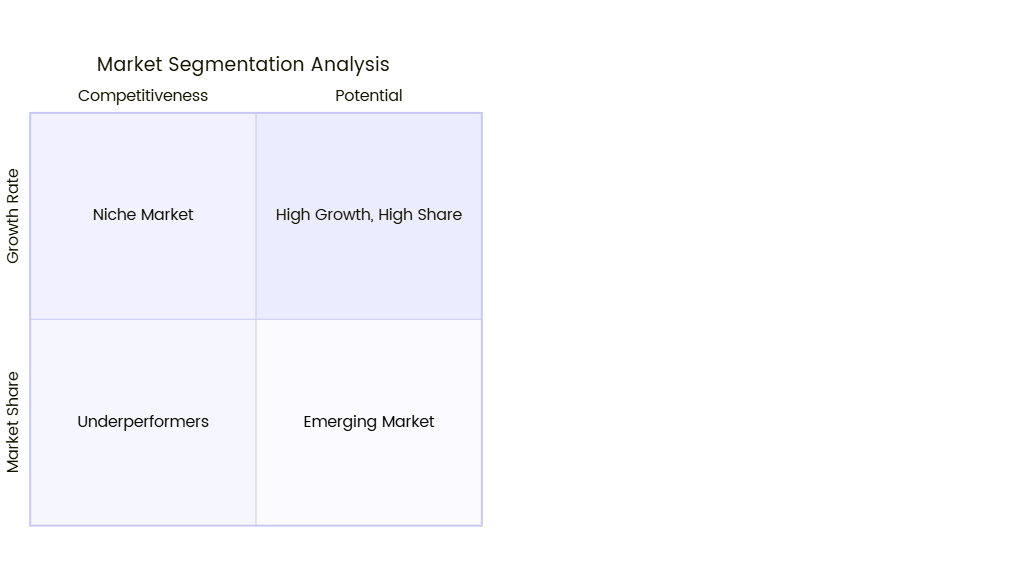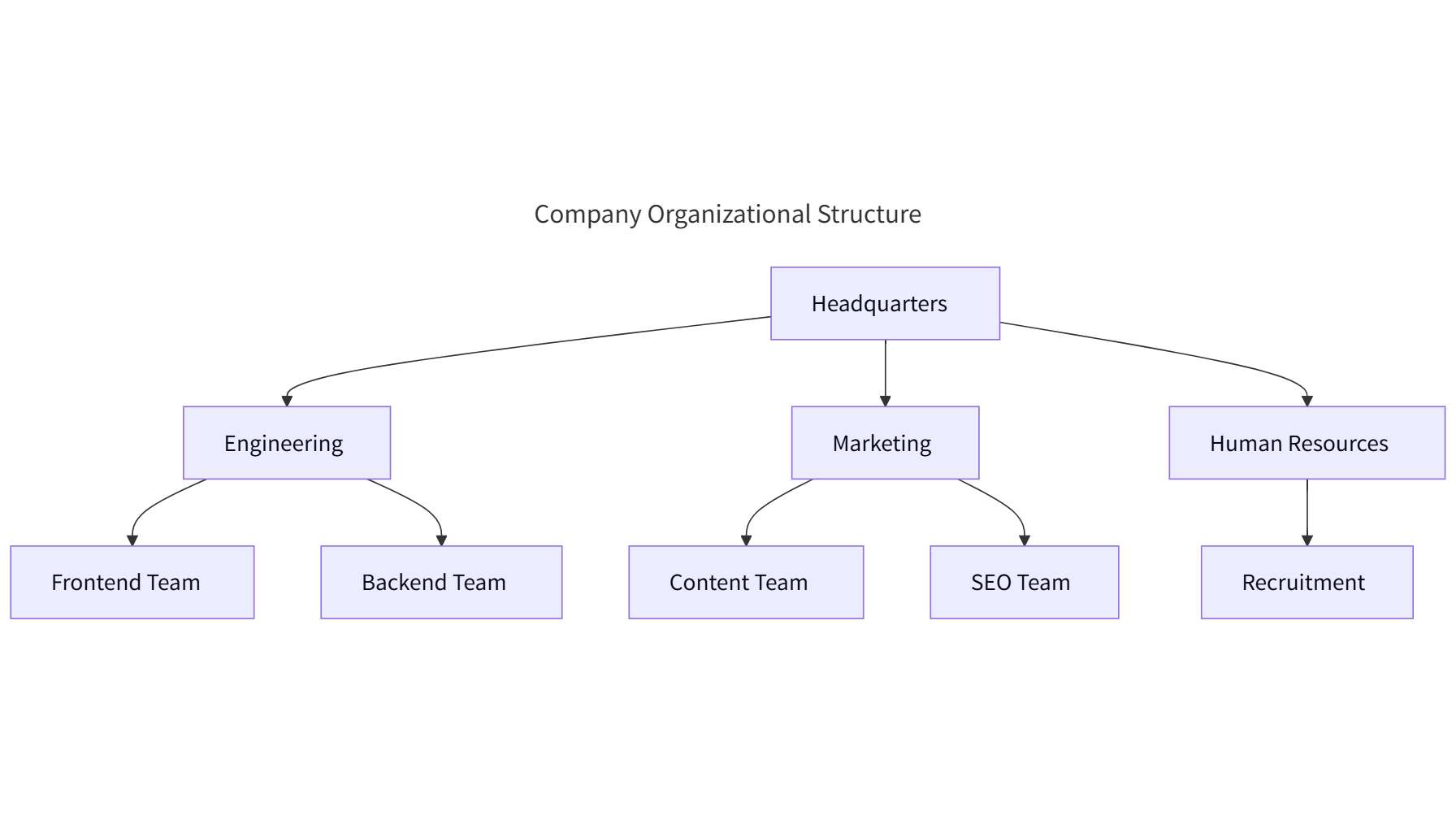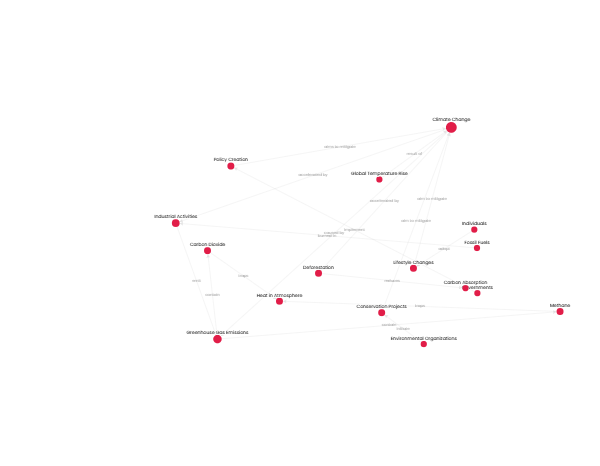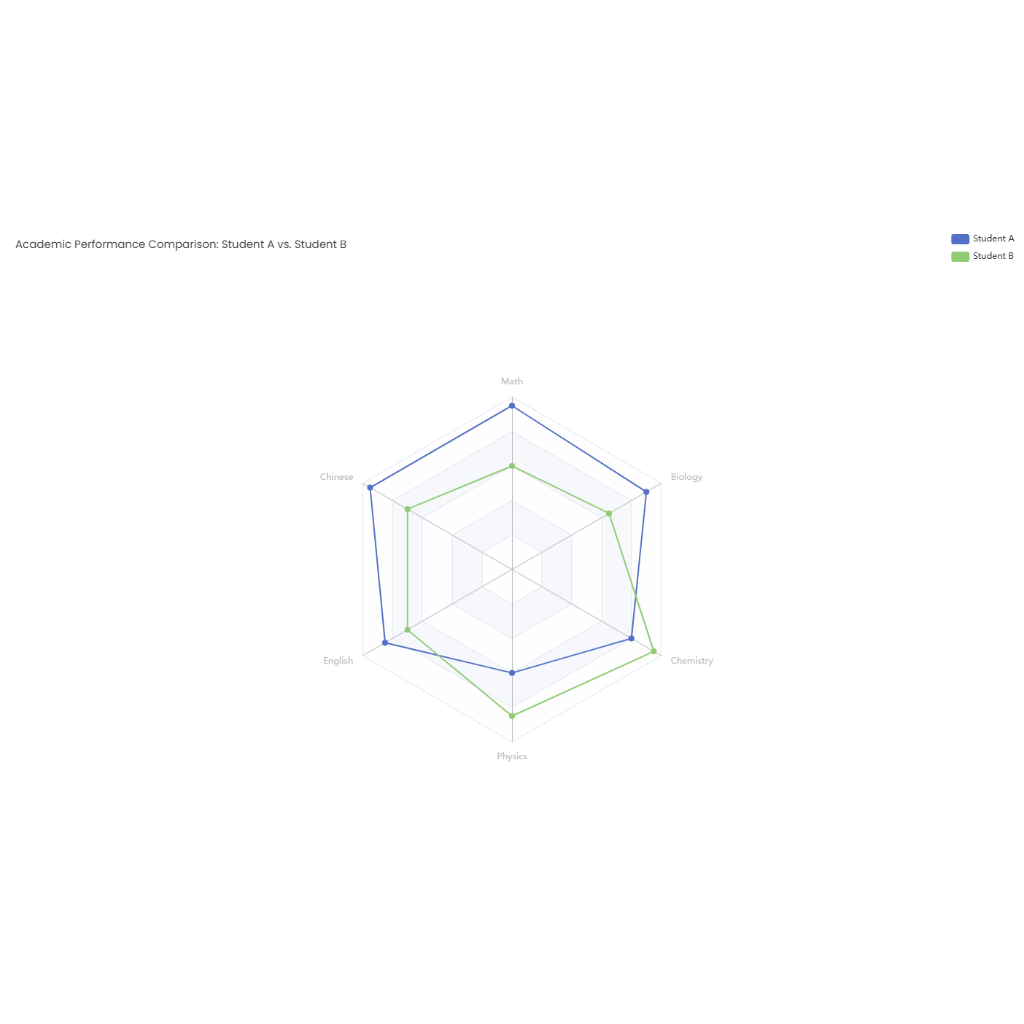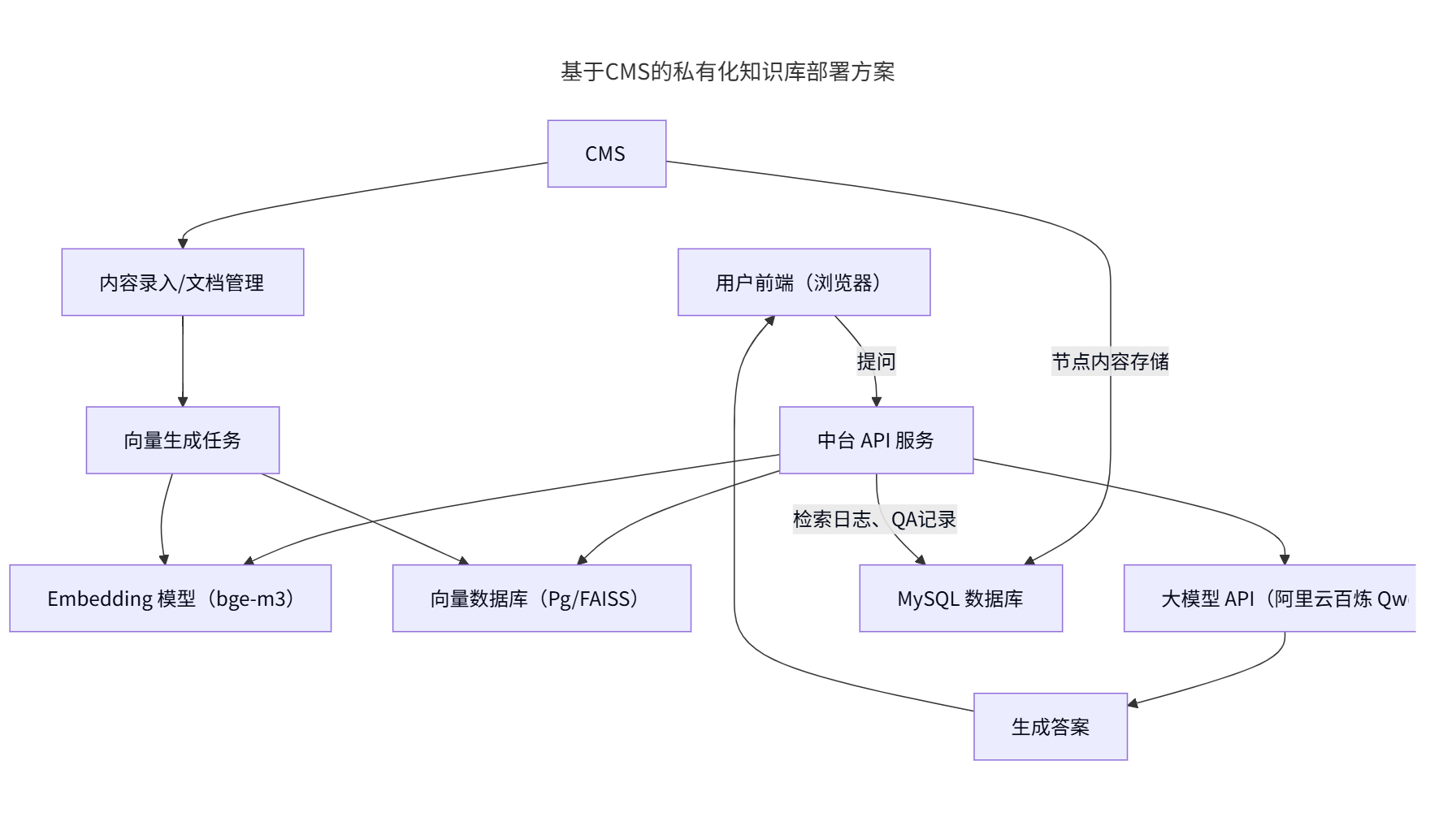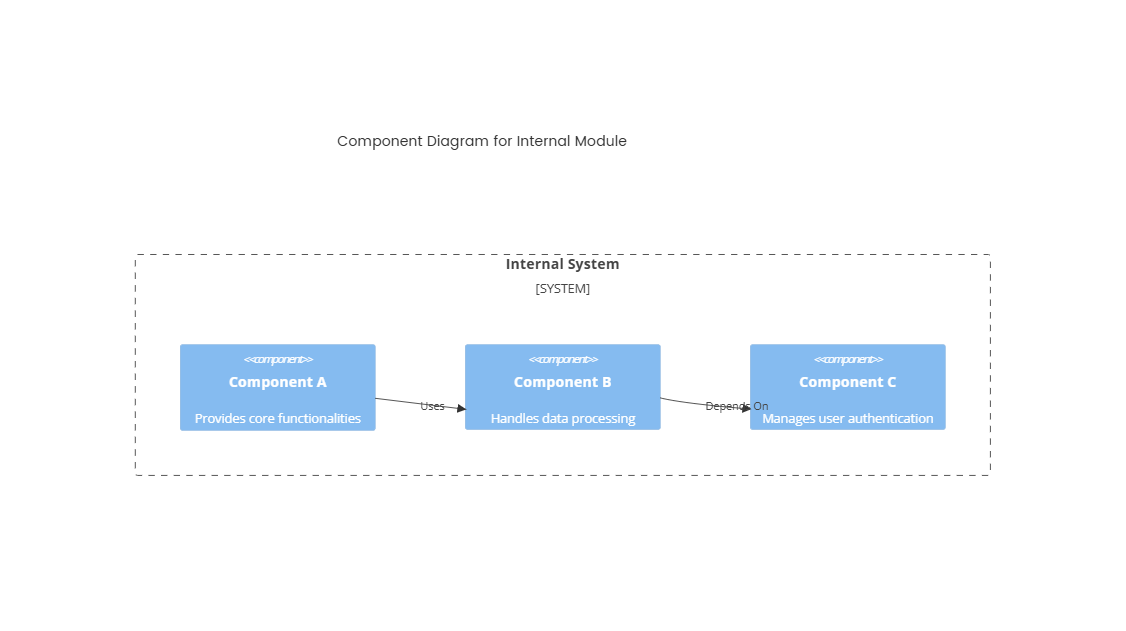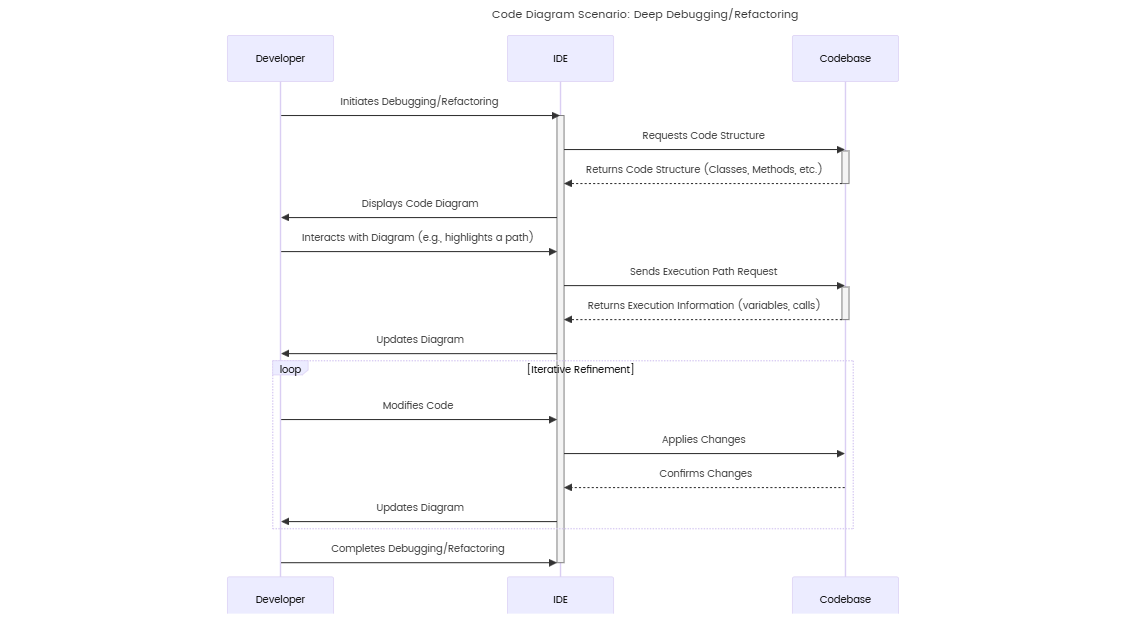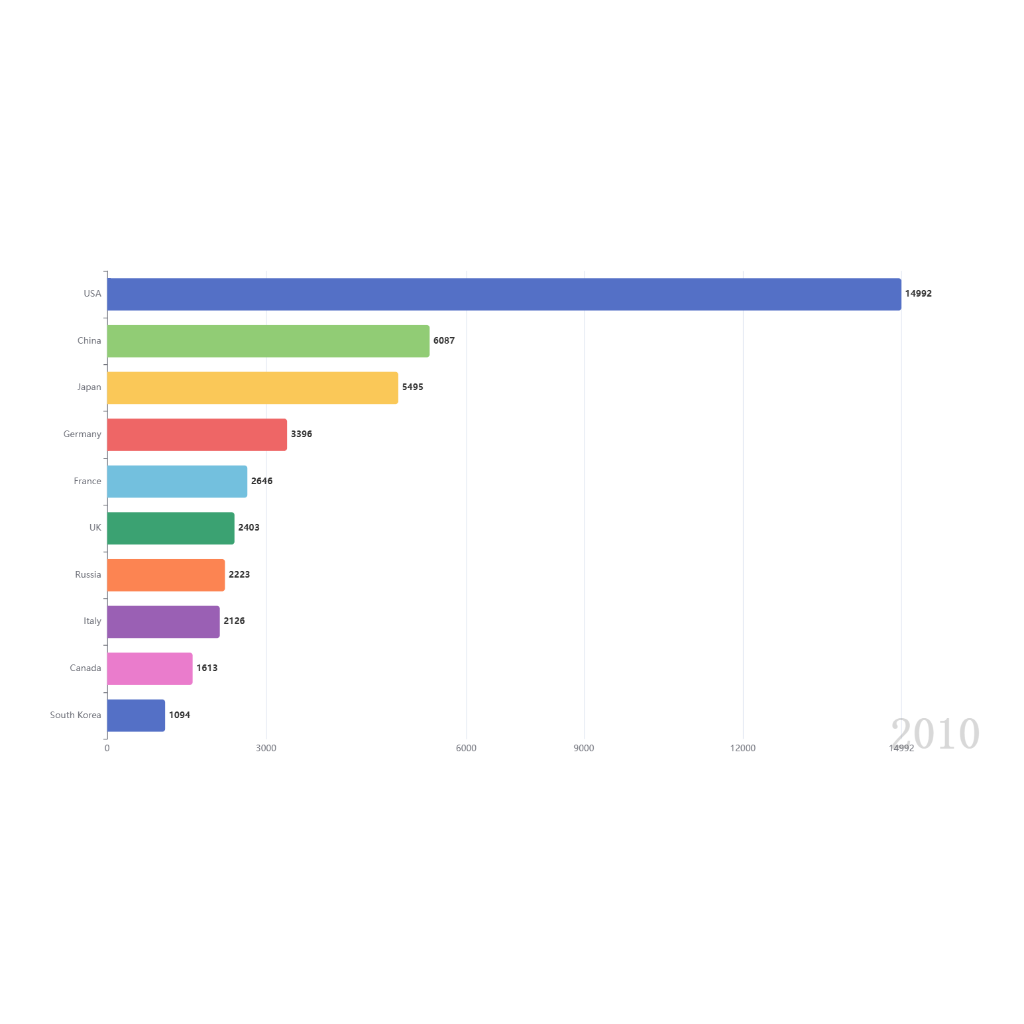Added on:
May 08, 2025
User Prompt
Internet Banking System Architecture
Description
An Internet banking system architecture is a comprehensive framework that enables secure financial transactions, account management, and customer services via digital channels. This architecture integrates multiple components to ensure scalability, reliability, and compliance with financial regulations.
Core Components
- Client Interfaces
- Web Portal: Browser-based interface for desktop users.
- Mobile Apps: Native iOS/Android applications for on-the-go banking.
- ATM/Kiosk Systems: Physical touchpoints integrated with digital services.
- API Gateway
- Manages incoming requests, authenticates users, and routes traffic to appropriate microservices.
- Example: Validates JWT tokens and enforces rate limiting.
- Microservices
- Account Management: Handles account creation, balance inquiries, and transaction history.
- Payment Processing: Processes transfers, bill payments, and integrates with payment networks (e.g., SWIFT, ACH).
- Loan Services: Manages loan applications, approvals, and repayments.
- Customer Support: Integrates chatbots and ticketing systems for user assistance.
- Security Layer
- Authentication: Multi-factor authentication (MFA), biometric verification (e.g., fingerprint).
- Encryption: SSL/TLS for data in transit, AES-256 for data at rest.
- Fraud Detection: Real-time monitoring using AI/ML to identify suspicious transactions.
- Data Storage
- Relational Databases: Store structured data (e.g., customer profiles, transaction history).
- NoSQL Databases: Manage unstructured data (e.g., user preferences, session logs).
- Data Warehouses: Aggregate data for analytics and reporting.
- Legacy Systems Integration
- Connects with core banking systems (e.g., mainframes) via APIs or middleware.
- Example: Retrieving account balances from legacy databases.
- Regulatory Compliance
- Adheres to standards like PCI-DSS, GDPR, and PSD2.
- Audit trails and reporting tools for regulatory inspections.
Key Workflows
- Customer Onboarding
- Validates identity documents, performs background checks, and creates user accounts.
- Transaction Processing
- Authorizes payments, updates account balances, and logs transactions in real-time.
- Security Monitoring
- Detects anomalies (e.g., unusual withdrawal patterns) and triggers alerts or blocks.
- Reporting & Analytics
- Generates financial statements, spending insights, and risk assessments.
Design Principles
- Scalability: Cloud-based infrastructure (e.g., AWS, Azure) to handle peak loads (e.g., payroll days).
- Resilience: Redundant servers and disaster recovery sites to ensure 24/7 availability.
- Modularity: Independent microservices allow updates without disrupting the entire system.
This architecture ensures seamless digital banking experiences while safeguarding sensitive financial data and meeting global regulatory requirements.
